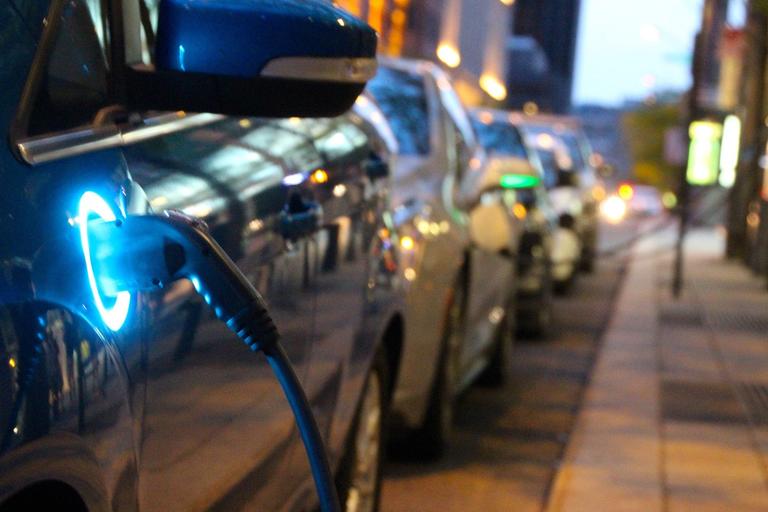A guide to charging electric vehicles

EV range anxiety and lack of charging infrastructure are still major turn-offs for drivers. But how can technology help?
In 2022, more than 900,000 public charging points were installed globally, bringing the total to 2.7 million. But this still isn't enough to alleviate people's fears of switching to an electric car.
According to AAA, the majority of motorists surveyed cited purchase price, charging infrastructure and range anxiety as the three most popular reasons not to switch to an EV. However, there are a few things you can do to make life easier when charging.
Understanding the basics of charging
Charging an electric vehicle involves more than just plugging it into an outlet. There are different levels of charging available. Level 1 charging uses a standard 110-volt household outlet, which is convenient but relatively slow. Level 2 charging requires a dedicated 240-volt circuit (like your clothes dryer uses), providing a much faster charge. Level 3 or DC fast charging stations offer the quickest charging times but may not be compatible with all EV models.
How does temperature affect EV charging?
The EV battery's temperature can significantly affect the charging process. Extreme cold can slow down charging speed and reduce the battery's range, while high temperatures can potentially damage the battery. Therefore, it's crucial to consider where and when you're charging your EV.

How do battery size and car type affect EV charging?
The EV battery size and type of EV also play a significant role in determining how long it will take to charge. Larger EV batteries will naturally take longer to charge, and different EV models may have varying charging capabilities.
How does load affect EV charging?
The load refers to how much power is being drawn from the battery. If you're using energy-intensive features like air conditioning or heated seats, your battery may deplete faster and require more frequent charging.

How does time affect EV charging?
Charging times can vary greatly depending on the factors mentioned above and the level of charging you're using. Level 1 charging can take anywhere from 8 to 20 hours for a full charge, while Level 2 can fully charge an EV in 4-6 hours. DC fast charging stations can charge certain EVs up to 80% in around 30 minutes.
How can location technology make EV charging easier?
Navigational tools and apps, such as HERE EV Routing, can help alleviate range anxiety by showing you where nearby charging stations are, what type of charging they offer, and even their current availability. Some tools can also help you plan your trips based on your EV's range and the location of charging stations along your route.
With technology advancing all the time, and more public charging stations being installed, life with an EV will get easier and easier. But while it's clear that charging an electric vehicle currently involves a number of considerations, understanding these can help ensure a smooth and efficient charging process.
Have your say
Sign up for our newsletter
Why sign up:
- Latest offers and discounts
- Tailored content delivered weekly
- Exclusive events
- One click to unsubscribe



